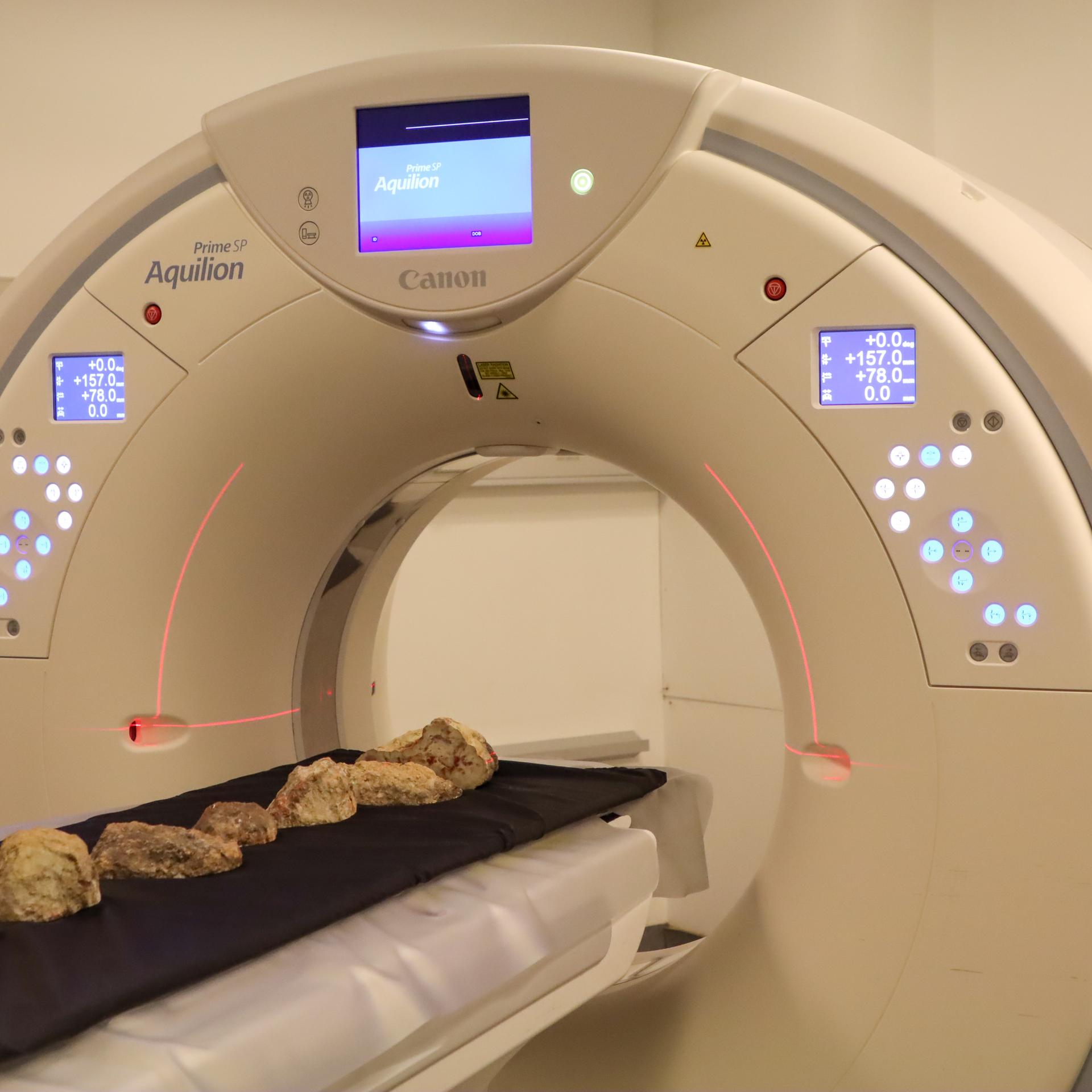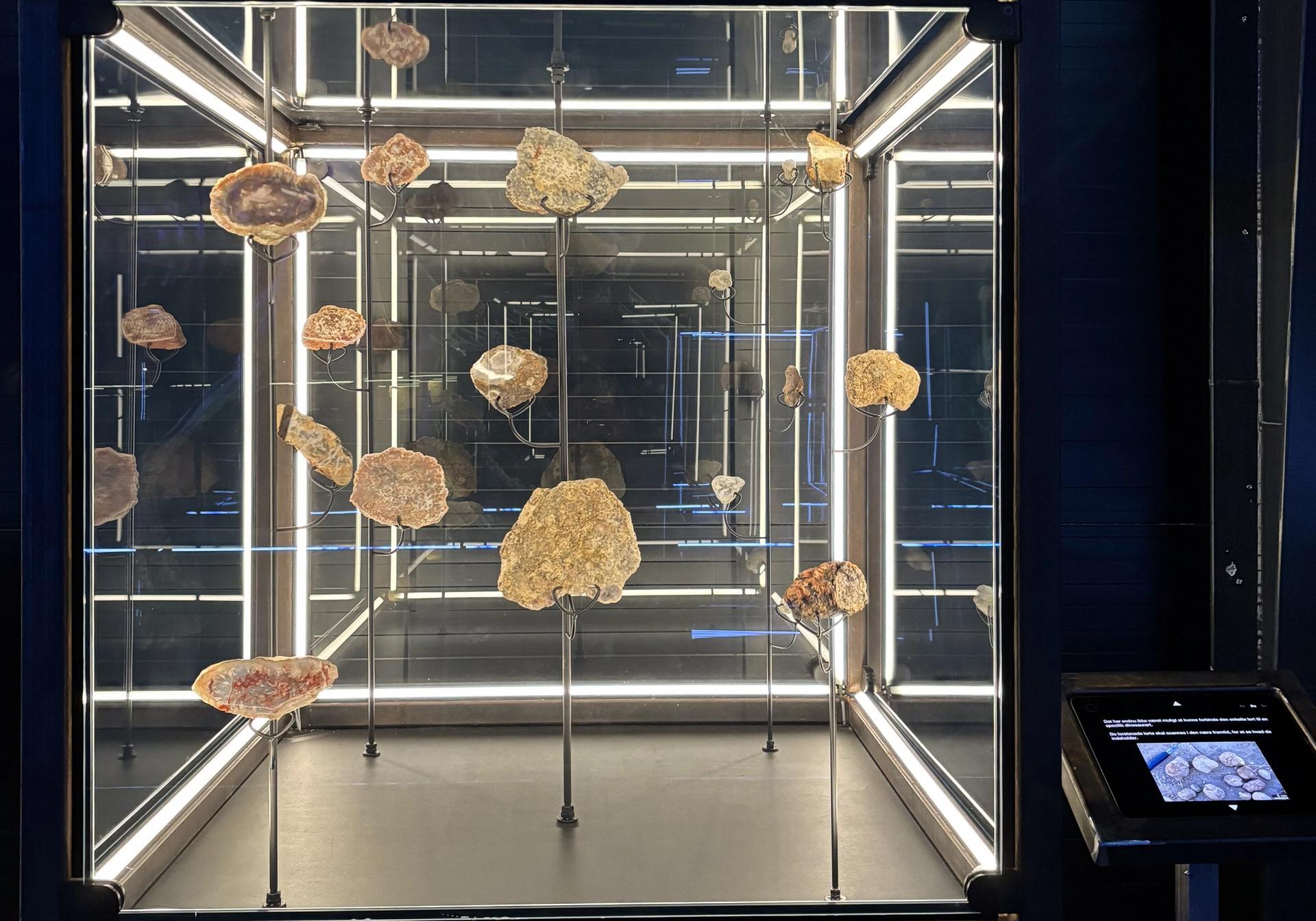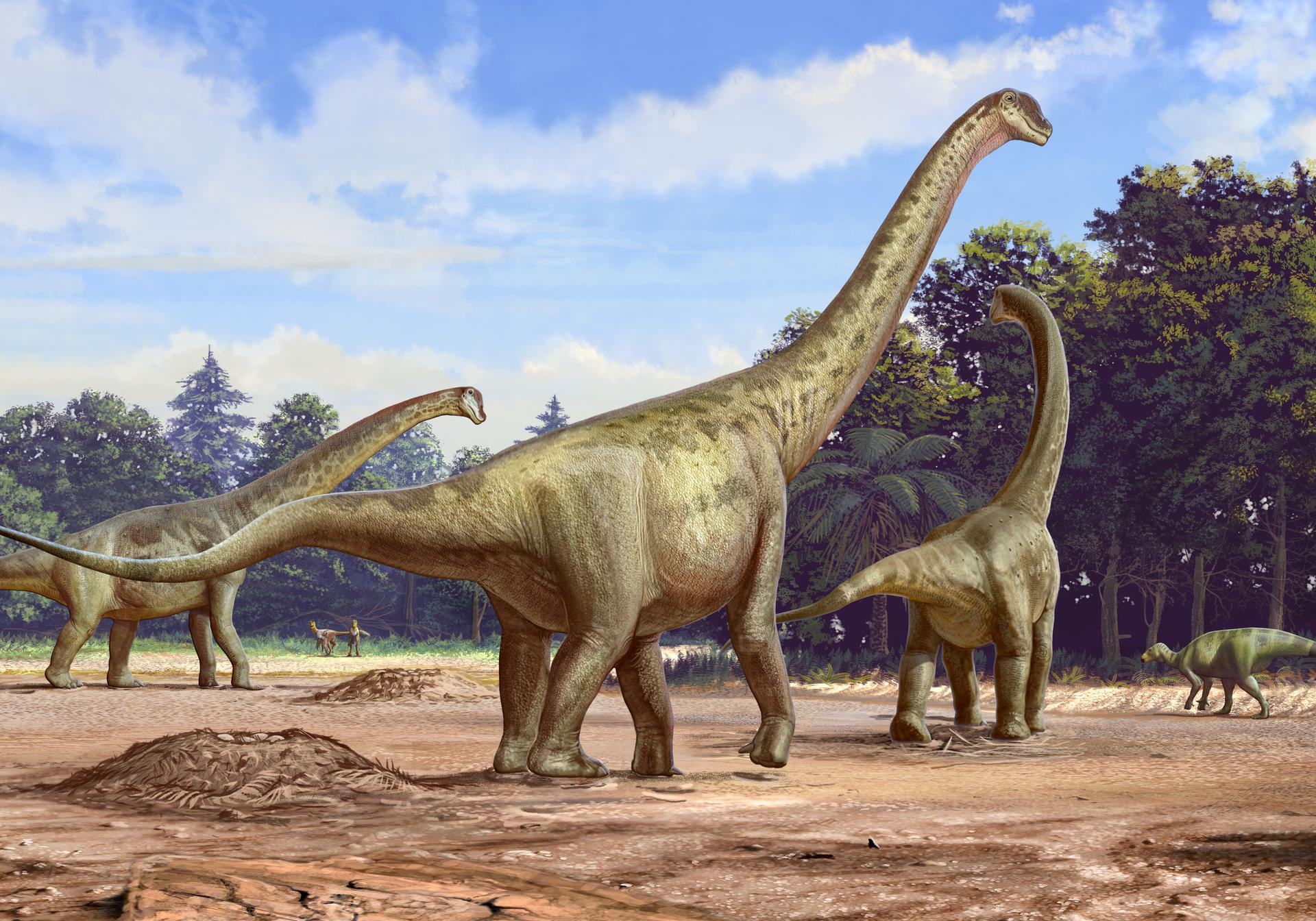Coprolites
Uncovering ancient secrets: scanning 150 MYA dinosaur poop
At the Museum of Evolution, groundbreaking technology is bringing ancient fossils to life in new ways. Recently, our entire collection of fossilized dinosaur coprolites—prehistoric poop—were scanned using a high-tech micro-CT scanner at Aarhus University. These fossils, unearthed in Wyoming, USA, and now part of the museum’s collection, offer a rare glimpse into the lives of herbivorous dinosaurs from the Jurassic period.

The micro-CT scanner, typically used for analyzing fossils and revealing their inner structures, has allowed researchers to examine the coprolites without damaging them.
This cutting-edge technology is providing insights into dinosaur diets and ecosystems that were previously inaccessible, giving scientists and museum visitors a clearer picture of life 150 million years ago.
The scans have uncovered traces of plant material, suggesting that the dung belonged to a plant-eating dinosaur.
Two herbivorous giants from the Late Jurassic period—Camarasaurus and Stegosaurus—are strong candidates based on their distinctive adaptations and diets.
As the research continues, the Museum of Evolution is excited to push the boundaries of what we can learn from these ancient fossils, demonstrating how modern technology can unlock the mysteries of the past. And so our dinosaur dung journey doesn’t end here—we're sharing the findings with leading experts for further analysis. Stay tuned for even more exciting discoveries!

